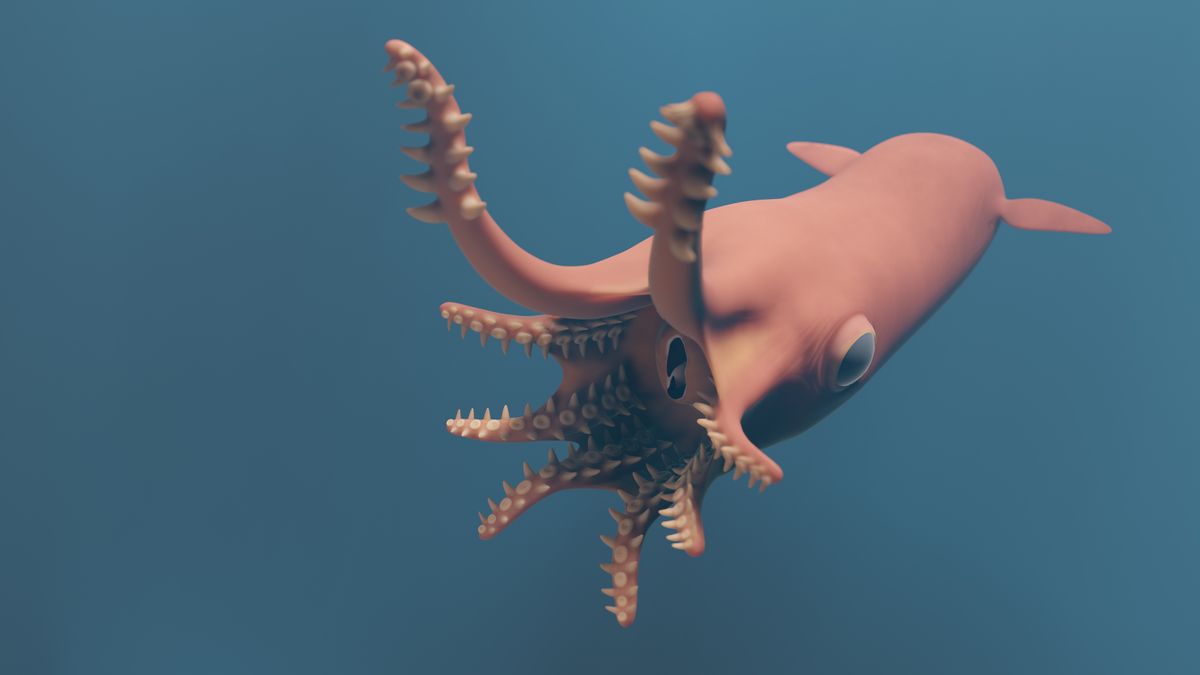
rhodanica not seen today," first author Alison Rowe, a doctoral student at the Palaeontology Research Center in Paris (CR2P), a lab backed by Sorbonne University, the French National Centre for Scientific Research and the National Museum of Natural History in Paris, told Live Science in an email.
"I guess a crude comparison would be if you're used to looking at skeletons, and you suddenly have a mummy — it gives you a ton of extra detail, but looking at the surface of it isn't going to immediately tell you much about the internal anatomy," said Christopher Whalen, a National Science Foundation postdoctoral fellow of paleontology co-hosted at Yale University and the American Museum of Natural History, who was not involved in the study.By reexamining the fossils with powerful X-rays, the study authors provided "incredibly useful" insight into the animals' innards, Whalen told Live Science.Related: Ancient 10-armed vampire squid relative named for Joe Biden.In particular, the X-ray analyses allowed the team to reconstruct the cephalopods' suckers in high resolution, such that they could "virtually dissect" the suckers on-screen, Whalen noted.These suckers are similar in shape to those of vampire squid, although they differ in that they're larger, more numerous and spaced closer together.
"It seems reasonable to me to say that this animal was predatory," Whalen said.This sets the Jurassic cephalopod apart from vampire squid, since the modern animals don't hunt and instead feed on tiny organisms and bits of organic material that drift down to the deep sea from shallower layers of the ocean.
It may be that the Jurassic animals truly lacked these structures, or it could be that they're just missing from the specimens examined, Whalen said.
rhodanica is actually more closely related to modern octopuses than to vampire squids, since octopuses also lack filaments — but for now, this is an open question, he said